Battery Technology in Drones: What’s Powering the Skies?
25 December 2024
Drones have come a long way—from military devices to the everyday hobbyist's favorite gadget. Whether it’s for photography, racing, or delivery services, drones have officially taken over our skies. But as cool as they are, one question always seems to pop up: How do drones stay in the air for so long? The magic behind it all lies in one key component: the battery.
In this article, we’ll dive into battery technology in drones—what powers them, what limits them, and what the future might hold. So, fasten your seatbelt (or should I say, propeller?), and let’s soar into the world of drone batteries!
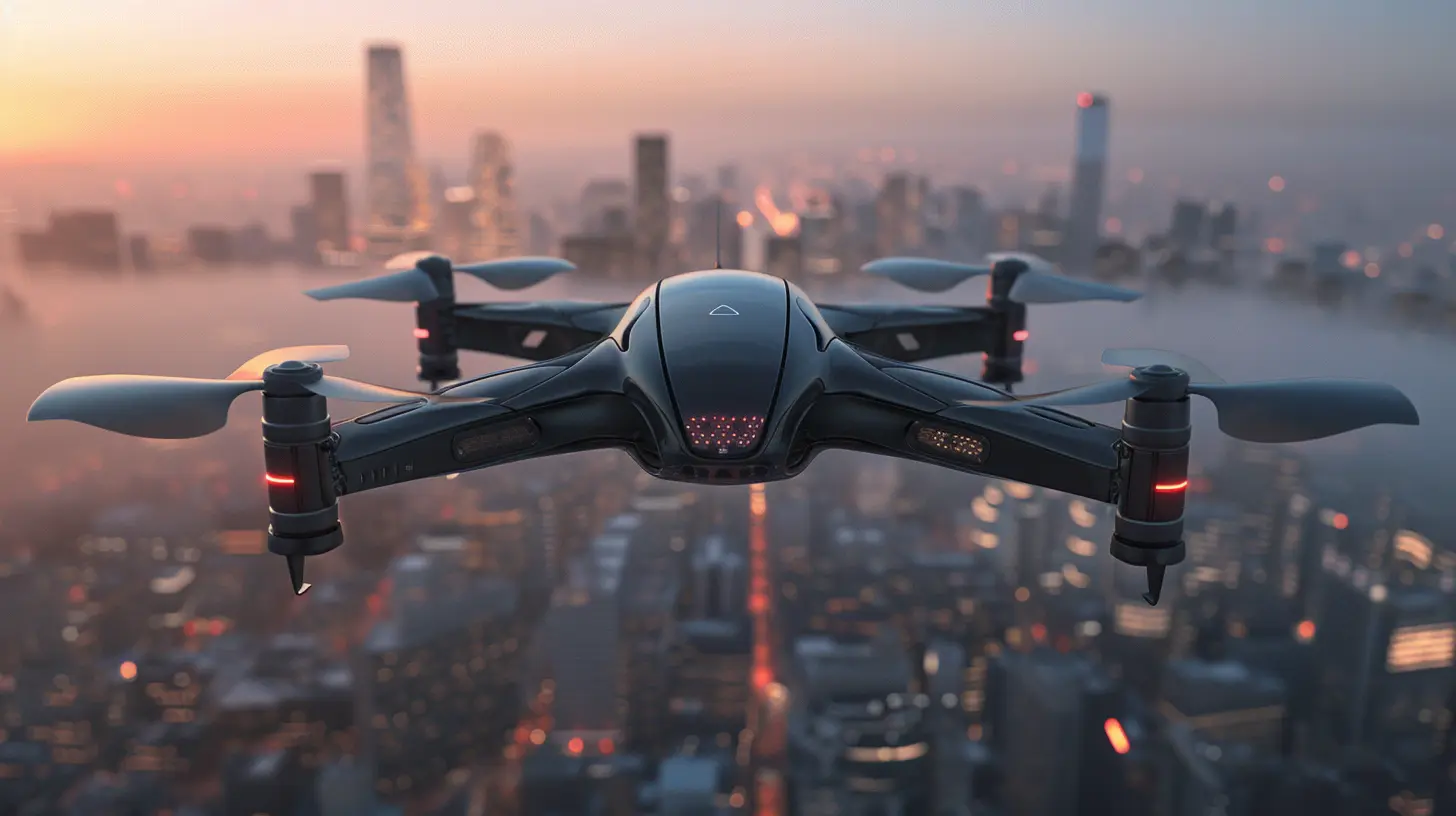
The Role of Batteries in Drones
Before we dive into the nitty-gritty, let’s get one thing straight: Without batteries, drones wouldn’t get off the ground. They’re the heart and soul of every drone, providing the juice needed to power everything from the motors to the onboard cameras and sensors.Imagine trying to drive your car without gas—it’s just not happening. The same goes for drones and batteries. But unlike your car, where you can just pull into a gas station anytime, drones are limited by the capacity, weight, and efficiency of their batteries.
What Makes Drone Batteries Different?
When you think about batteries, chances are your mind goes straight to those AA or AAA cells you throw into your TV remote. Drone batteries, however, are a whole different species. They’re typically Lithium Polymer (LiPo) or sometimes Lithium-Ion (Li-Ion) batteries, designed specifically to be lightweight, powerful, and long-lasting.But why these types of batteries? It’s all about the balance between weight and power. A drone can’t carry a heavy battery, as it would reduce flight time and maneuverability. LiPo and Li-Ion batteries offer a sweet spot—enough energy to keep the drone in the air without adding too much weight.
So, if you’ve ever wondered why your drone’s battery doesn’t look like your phone’s battery, now you know—it’s all about efficiency and flight performance.
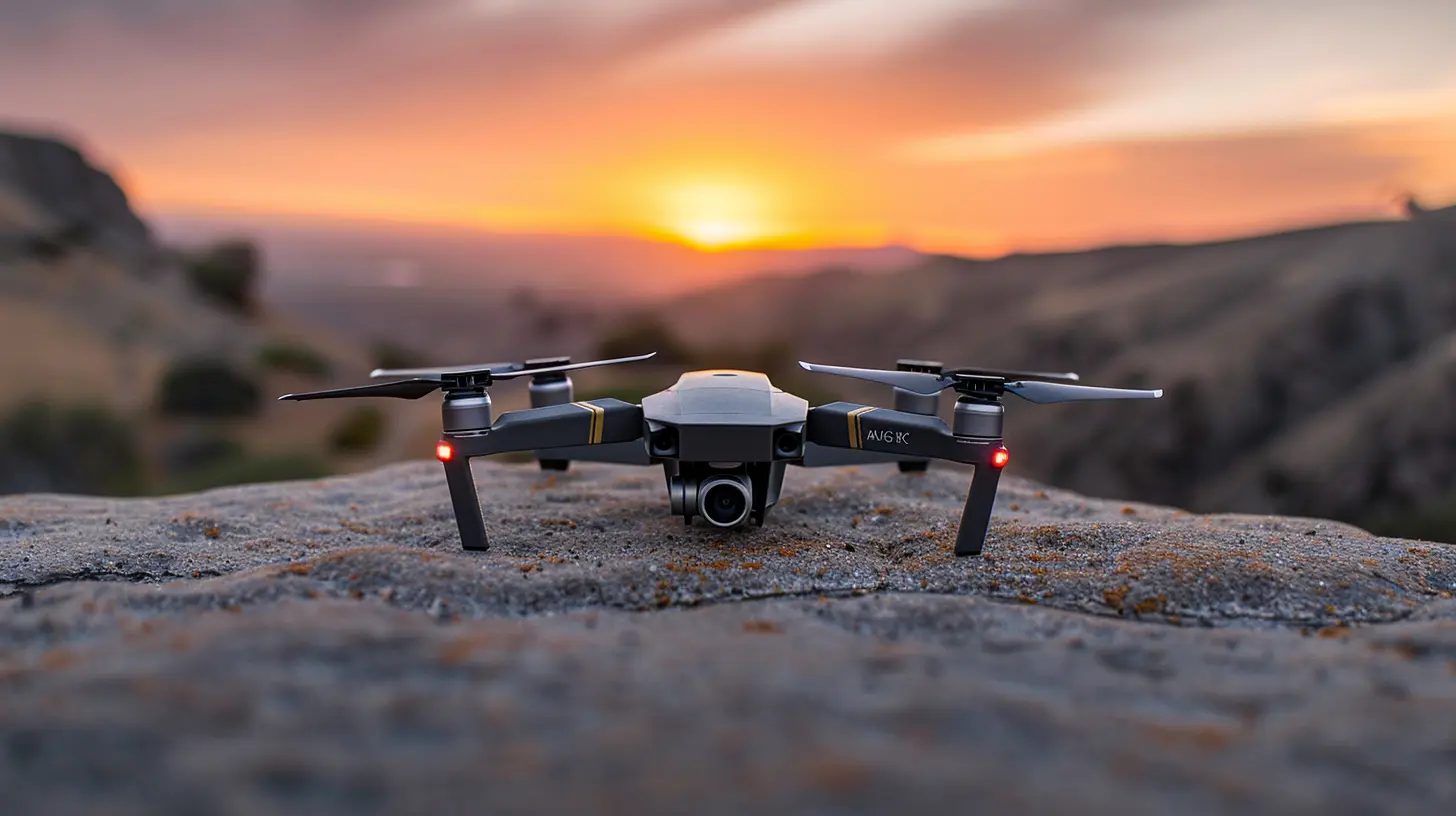
Types of Drone Batteries
Let’s break it down a bit further. Not all drone batteries are created equal. In fact, there are a few different types, each with its own pros and cons.1. Lithium Polymer (LiPo) Batteries
LiPo batteries are by far the most common type found in drones today. They’re lightweight, have a high energy density (meaning they pack a lot of power into a small space), and can discharge energy quickly—perfect for those high-octane maneuvers.Pros:
- High Energy Density: They hold a lot of power for their size.- Lightweight: Every gram counts when you’re flying.
- High Discharge Rate: They can deliver power fast, which is critical during takeoffs or rapid movements.
Cons:
- Sensitive to Overcharging/Over-discharging: You can’t just plug them in and forget about them. Overcharging or discharging them too much can cause damage (or even fire in extreme cases).- Shorter Lifespan: They tend to degrade faster than other types of batteries, meaning you’ll eventually need to replace them.
2. Lithium-Ion (Li-Ion) Batteries
Li-Ion batteries are another option but are less common in drones—for now. They’re heavier than LiPo batteries but have a longer lifespan and are more stable.Pros:
- Longer Lifespan: They don’t degrade as quickly, meaning you won’t have to replace them as often.- More Stable: They’re less likely to overheat or catch fire, making them safer.
Cons:
- Heavier: This means they can reduce flight time if not balanced correctly.- Lower Discharge Rate: They can’t deliver power as quickly as LiPo batteries, which can limit performance for high-speed drones.
3. Solid-State Batteries (The Future)
Solid-state batteries are the new kids on the block, and they’re causing quite a stir. These batteries have no liquid electrolyte, making them safer and more energy-dense. In theory, solid-state batteries could revolutionize drone flight times—but they’re not quite ready for prime time yet.Pros:
- Higher Energy Density: They can hold even more power than LiPo or Li-Ion batteries.- Safer: They’re less prone to overheating or catching fire due to the lack of liquid electrolyte.
Cons:
- Expensive: Right now, they’re costly to produce.- Still in Development: While promising, they haven’t reached mass production yet.

How Battery Capacity Affects Drone Performance
Alright, so we've covered the different types of batteries, but what really makes a drone’s battery tick? It all comes down to capacity—measured in milliamp-hours (mAh) or watt-hours (Wh). The higher the capacity, the longer your drone can stay in the air. But there’s a catch (isn’t there always?).The Weight-Capacity Trade-Off
Sure, you could slap a massive battery onto your drone and fly for hours, right? Not quite. The more capacity a battery has, the heavier it tends to be. And as we mentioned earlier, weight is the mortal enemy of flight time.Voltage and Power
Another important factor is voltage. Higher voltage means more power, which translates into a faster drone. But it also means the battery will drain quicker. So, it’s a balancing act between speed, power, and endurance. It’s a bit like trying to decide whether to sprint or jog in a marathon—you can go faster, but you’ll run out of energy sooner.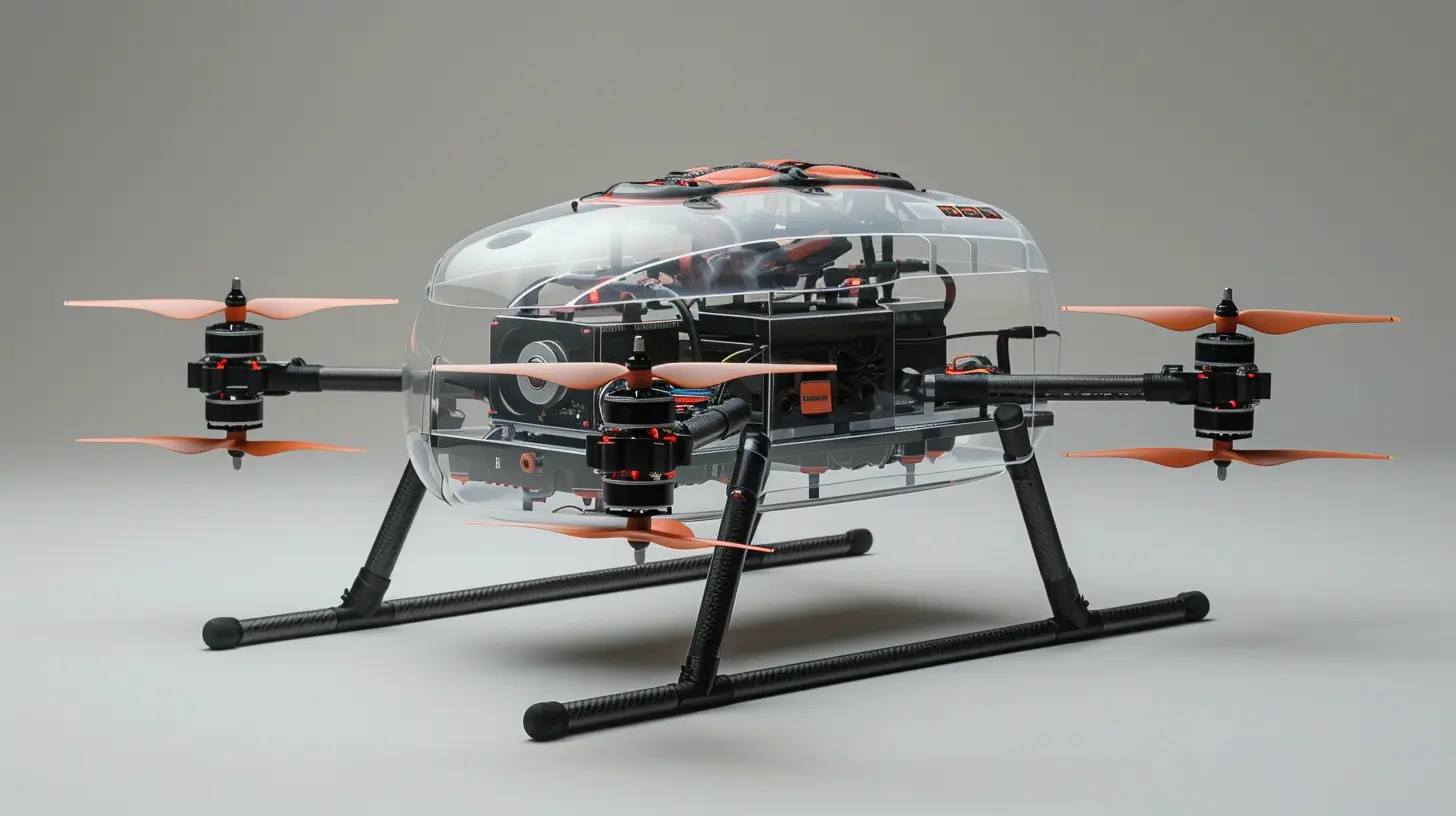
Factors Limiting Drone Battery Life
Now that you’ve got the basics down, let’s talk limitations. Despite all the advancements in drone battery technology, flight time is still a big pain point for users. Most consumer drones can only stay airborne for 20 to 30 minutes on a single charge. So, what’s holding things back?1. Energy Density
As mentioned, energy density refers to how much power a battery can store relative to its size and weight. While drone batteries have improved significantly over the years, they’re still not at the point where a drone can stay in the air for hours on end. The current energy density of LiPo batteries is good, but it’s not great—and that’s one of the biggest challenges.2. Heat
Batteries get hot when they discharge energy. And guess what? Drones don’t like heat. Excessive heat can cause the battery to degrade faster, reducing its overall lifespan. That’s why many drones have built-in cooling systems or heat sinks to keep things under control. But still, heat remains a limiting factor.3. Weight Restrictions
We’ve already touched on this, but it can’t be overstated: Weight is a massive limitation. You can’t just throw a bigger battery onto a drone because it would offset the balance and reduce its flight performance. Engineers are constantly working to find that sweet spot between battery size, weight, and energy output.Innovations in Drone Battery Technology
With all these limitations, you’re probably wondering, What’s next? Well, the future is looking pretty bright (pun intended). Here are some of the most exciting innovations on the horizon.1. Hydrogen Fuel Cells
It may sound straight out of science fiction, but hydrogen fuel cells are being explored as a potential power source for drones. They offer a longer flight time and are much lighter than current battery technology. The downside? They’re expensive and require specialized equipment to refuel.2. Wireless Charging
Imagine a world where drones could charge in mid-air. Sounds cool, right? Wireless charging technology is being developed that could allow drones to recharge without ever landing. While still in the early stages, this could potentially eliminate the need for large batteries altogether.3. Solar-Powered Drones
Solar power isn’t just for your rooftop. Some companies are experimenting with solar-powered drones that can stay airborne indefinitely—at least in theory. By covering the drone’s surface with solar panels, it could continuously recharge as long as the sun is shining. But don’t get too excited; this tech is still a ways off from being practical for most commercial or hobbyist drones.
Tips for Maximizing Your Drone’s Battery Life
Alright, we’ve talked a lot about the tech, but what can you do to get the most out of your drone’s battery? Here are some practical tips.1. Fly in Ideal Conditions
Wind and cold temperatures can drain your battery faster. Try to fly on calm, mild days for the best performance.2. Keep Your Drone Light
Avoid adding unnecessary accessories that can weigh your drone down. Lighter drones can stay in the air longer.3. Use the Right Charger
Always use the charger that comes with your battery (or a certified replacement). Using the wrong charger can damage the battery and reduce its lifespan.4. Monitor Battery Health
Most drones have apps or interfaces that allow you to monitor battery health. Keep an eye on it and replace the battery when it starts degrading.Conclusion: The Future of Drone Batteries
Drones are amazing machines, but they’re only as good as their batteries. Whether you’re using a drone for fun, photography, or business, understanding your battery’s limitations and potential can make a huge difference in your experience.While current battery technology—mainly LiPo and Li-Ion—has its limitations, the future looks promising with innovations like solid-state batteries, hydrogen fuel cells, and even solar-powered drones. Who knows, maybe one day we’ll have drones that can fly for hours, or even days, without needing to land. Until then, it’s all about finding the right balance between power, weight, and efficiency.
So, next time you fire up your drone and take to the skies, remember: it’s the battery that’s really making it all happen.
all images in this post were generated using AI tools
Category:
Battery TechnologyAuthor:

John Peterson
Discussion
rate this article
18 comments
Simon McLoughlin
Innovative battery technologies are crucial for advancing drone capabilities, impacting flight time, efficiency, and overall performance.
February 3, 2025 at 1:42 PM

John Peterson
Absolutely! Advances in battery technology are key to unlocking the full potential of drones, enhancing their flight time and efficiency significantly.
Marley Roth
Fascinating insights into drone battery technology! I'm curious about how emerging materials like solid-state batteries could impact flight times and efficiency. What breakthroughs are on the horizon that could revolutionize drone performance further?
January 27, 2025 at 8:51 PM

John Peterson
Thank you! Solid-state batteries hold great promise for enhancing drone performance by offering higher energy density and improved safety. Breakthroughs in materials science, such as lithium-sulfur and lithium-metal cells, could significantly extend flight times and reduce charging times in the near future. Stay tuned for exciting advancements!
Knox Sharp
Exciting advancements in battery technology are revolutionizing drone capabilities, enhancing flight duration, and increasing efficiency. As these innovations unfold, they promise to unlock new possibilities in aerial applications.
January 21, 2025 at 9:29 PM

John Peterson
Thank you for your insights! Indeed, advancements in battery technology are pivotal for expanding drone capabilities and applications. Exciting times ahead!
Annabelle McIlroy
Great article! It's fascinating to see how advancements in battery technology are shaping the future of drones. The impact on flight time and efficiency opens up so many possibilities for various industries. I'm excited to see where this innovation will take us next. Thanks for sharing these insights!
January 14, 2025 at 7:19 PM

John Peterson
Thank you for your kind words! I'm glad you found the article insightful. The future of battery technology in drones is indeed exciting!
Misty Clayton
Great insights! Excited to see future developments in battery technology.
January 8, 2025 at 8:52 PM

John Peterson
Thank you! I share your excitement about the future of battery technology in drones!
Soryn Marks
Advancements in battery technology are crucial for enhancing drone performance and extending flight times. Innovations such as lithium-sulfur and solid-state batteries promise greater energy density and safety, driving the future of aerial applications.
January 4, 2025 at 8:31 PM

John Peterson
Absolutely! Innovations like lithium-sulfur and solid-state batteries are key to improving drone performance and extending flight times, crucial for advancing aerial applications.
Rex McCray
This article beautifully highlights the vital role of battery technology in advancing drone capabilities. Excited to see how these innovations will shape the future!
January 1, 2025 at 3:42 AM

John Peterson
Thank you! I’m glad you found the article insightful. Exciting times ahead for drone technology!
Maris McQuillen
Exploring lightweight, efficient batteries crucial for drone advancements.
December 31, 2024 at 9:48 PM

John Peterson
Absolutely! Lightweight and efficient batteries are key to enhancing drone performance and expanding their capabilities in various applications.
Holly Rogers
Exciting times ahead! As battery technology evolves, the skies are becoming more accessible and efficient for drones. This innovation not only enhances aerial capabilities but also paves the way for sustainable advancements in various industries. The future is bright! 🌟
December 30, 2024 at 5:57 AM

John Peterson
Thank you! We're thrilled about the potential of evolving battery technology to transform drone capabilities and drive sustainability across industries. Exciting times indeed! 🚀
Eliza Jones
Innovative battery advancements are crucial for enhancing drone efficiency, flight time, and overall operational capabilities.
December 29, 2024 at 9:15 PM

John Peterson
Absolutely! Innovative battery advancements are key to unlocking the full potential of drones, improving efficiency and extending flight times significantly.
Oren Sheppard
Battery tech in drones is like the coffee of the sky—essential for keeping things buzzing! Let’s just hope they don’t run out mid-flight, or we’ll witness a whole new era of ‘drones dive-bombing’ and maybe a few surprised squirrels!
December 29, 2024 at 12:19 PM

John Peterson
Haha, great analogy! Let's hope for longer flight times to keep those squirrels safe!
Romina Ortiz
Innovations in battery technology are revolutionizing drone capabilities, enhancing flight times and efficiency, propelling the industry into unprecedented heights.
December 28, 2024 at 4:28 AM

John Peterson
Absolutely! Advancements in battery technology are indeed key to unlocking the full potential of drones, enabling longer flights and greater efficiency that drive the industry forward.
Cecilia Daniels
As we soar into the future, advanced battery technology is revolutionizing drone capabilities, unlocking new possibilities in efficiency and performance. Let’s embrace this innovation and watch how it transforms industries and reshapes our skies!
December 27, 2024 at 8:54 PM

John Peterson
Thank you for your insights! Indeed, advanced battery technology is a game-changer for drone capabilities, driving innovation and efficiency across various industries. Exciting times ahead!
Jack Fry
Advancements in battery tech are revolutionizing aerial capabilities.
December 27, 2024 at 3:55 AM

John Peterson
Absolutely! Enhanced battery technology is key to unlocking longer flight times and greater efficiency in drone operations, transforming the future of aerial innovation.
Blaine Riggs
As we soar into the future of drone technology, the evolution of battery systems will not only enhance flight efficiency but also redefine our environmental impact and redefine connectivity across vast skies.
December 26, 2024 at 9:29 PM

John Peterson
Thank you for your insightful comment! You're absolutely right—advancements in battery technology are crucial for maximizing flight efficiency and minimizing environmental impact in the drone industry.
Ace Hodge
Innovative battery technologies like LiPo and solid-state are crucial for enhancing drone performance.
December 26, 2024 at 11:37 AM

John Peterson
Absolutely! Innovative battery technologies such as LiPo and solid-state are indeed vital for improving drone efficiency, range, and overall performance.
Robert McCord
It's inspiring to see the advancements in battery technology for drones. These innovations not only enhance performance but also open new possibilities for environmental conservation and emergency response. Understanding their impact helps us appreciate the blend of technology and care for our planet. Thank you for this insightful piece!
December 26, 2024 at 4:07 AM

John Peterson
Thank you for your thoughtful comment! I'm glad you found the advancements in battery technology inspiring and impactful for both environmental conservation and emergency response. Your appreciation for the intersection of technology and care for our planet is much valued!
Trinity Hughes
What an exciting time for drone technology! The advancements in battery power are truly flying us into the future. With lighter, longer-lasting batteries, the skies are the limit for innovation and exploration! Can't wait to see where this technology takes us next! 🚀✨
December 25, 2024 at 7:45 PM

John Peterson
Thank you! Indeed, the advancements in battery technology are revolutionizing drone capabilities and opening up endless possibilities for the future! 🚀✨
MORE POSTS

The Hidden Risks of Public Wi-Fi Networks

Robotic Process Automation and the Future of Work: What You Need to Know

Why Your Passwords Are Not as Safe as You Think

Essential Developer Tools Every Coder Should Have in Their Toolkit

Big Data in Agriculture: Feeding the World Smarter

Exploring Zero-Day Vulnerabilities: What You Need to Know
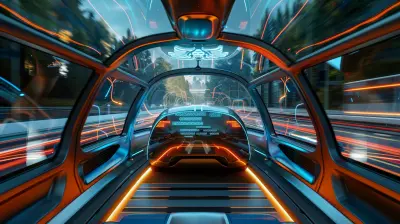
Autonomous Vehicles and the Future of Road Trips

How to Build a Cozy, Immersive Home Theater Space
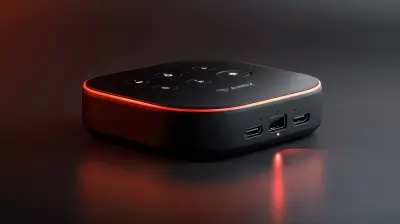
The Best Streaming Devices for Cord Cutters: A Full Review

Robotic Process Automation in the Banking Sector: Use Cases and Benefits

How Big Data is Driving Innovation in the Automotive Industry